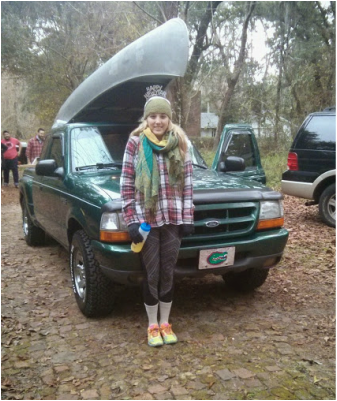 Our awesome friend Kaitlin, visiting from CA, ready to go paddling! Our awesome friend Kaitlin, visiting from CA, ready to go paddling! Happy Canoe Year! This year, we've made a New Year's resolution to go camping at least 12 times, but not necessarily once a month. This past weekend, we started to work on that commitment with a Happy Canoe Year Camping Extravaganza. Over three days, we canoed approximately 40 miles on the Suwanee River in North Central Florida. The weather was a bit dreary but cool and bug-less; a scenario camping enthusiasts in Florida dream of. We put in just south of US 41 in White Springs and pulled out at Suwannee River State Park. The river was high, but not particularly quick and the epitome of serene. Most of the boat ramps were closed to canoes and other vessels due to 'dangerous conditions' but I don't really understand their reasoning. Now, I'd like to say, I am not one to go against park rangers' advice any time I feel like they're wrong. For this trip, I made an exception as the Water Management District and the River Camp Hosts all said the conditions were perfect for everyone but those new to canoeing and we are definitely not new to wonderful world of canoe camping! The river level at White Springs was 59.3 ft above sea level, according to the Water Management District's gauge. 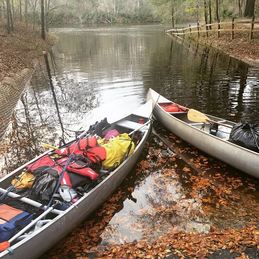 The river camps are a lot nicer than I was expecting but we hadn't planned on staying in one the first night. We were hoping to find a pleasant spot along on a sand bank for the night. That was not in the cards, so we found ourselves at the Woods Ferry River Camp. We reserved a platform site the week prior, just in case, but preferred the primitive side of the camp area. Unfortunately, I didn't manage to get any photos of the established River Camps. The second night, we found a glorious sand bank to camp on. The only thing that could have improved the night was a starry sky and North Florida was decidedly cloudy that evening. A campfire on the sand, great friends to laugh with, and delicious food to eat. It was an excellent trip that I hope we'll repeat soon. Does this trip sound like one you'd like to take? There are some things you should keep in mind if you are new to this section of Florida, river camping, or camping on Water Management District property.
"Tortuga, Jack?" - Mr. Gibbs "Yes, general rule: it's never not a good idea to sail to Tortuga." - Captain Jack Sparrow While the Tortuga mentioned by Captain Jack Sparrow and these Tortugas are undoubtedly different, it's a fitting quote for this southern gem. It took my family and I about 5 years to make it to Fort Jefferson, but we finally went. When you're at Fort Jefferson, you are truly isolated and it is gorgeous. I am so glad I had the chance to see this historic landmark in person; photos truly do not do it justice. Thinking about taking a trip to our southernmost National Park? Read on for some of my take-aways from the trip. 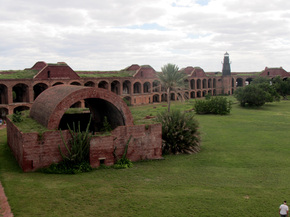 Fort Jefferson at Dry Tortugas National Park is a gorgeous piece of our tumultuous naval history. First designed to be the biggest and baddest of all the Union Forts, Fort Jefferson ran into problem after problem after problem. From building a faulty rain catchment system to malaria outbreaks and prison escapes, construction was neither quick nor easy. While rich in history, the Dry Tortugas are poor in resources. Outside of fantastic views and unlimited seafood, there isn't much to work with. Rain is the only source of fresh drinking water and the weather is consistent with what you would expect of hot, subtropical islands. Add to that the common Union uniform of the times, a wool suit with long sleeves and pants, and you've got yourself a pretty uncomfortable situation. Getting to Fort Jefferson requires a little bit of pre-planning because it is located 70 miles west of Key West, FL; it is not an easy place to venture! Most people travel to the National Park via high-speed ferries operated by a vendor contracted by the National Park Service for $170 per adult but you can also take a personal vessel or a sea plane charter. You'll want to arrive in Key West the night before because you need to check in for the ferry at 7:00AM for a 7:30 departure. I recommend checking the major events happening in Key West prior to scheduling your adventure ... or else you may accidentally book your family trip the final weekend of Fantasy Fest. It was a life experience for sure, but wow. That's all I have to say about that. 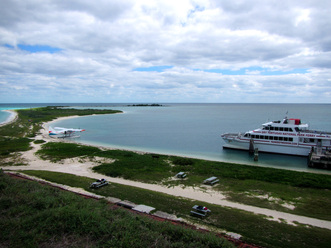 For the modern visitor, the ferry quickly transports you to the island and includes breakfast, lunch, bathrooms, drinking water, and snorkeling equipment because you still can't get any of those items on the island. The National Park Service has done a fabulous job at preserving Fort Jefferson's remote nature. If you're a visitor, keep this in mind and enjoy the solitude. There is no cell service, no concession operators, extremely little electricity (reserved for park staff only), and no wi-fi. Enjoy it. Things to know:
Unlike most of our National Parks, you really can see most of the Fort in the two - three hours you'll have on the island. However, if you want to snorkel or explore the islands other natural attractions you may want to stay overnight. Primitive camping is permitted on the Dry Tortugas but as mentioned previously, you must bring everything with you. This includes water, firewood or cooking supplies, and food. While there are some fire rings and primitive restrooms, read: semi-permanent porta-johns, the rest of the experience is completely primitive. 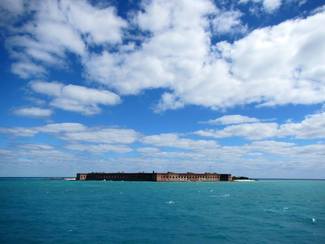 Personally, I can't wait to return for a two-night camping excursion. Visiting for a few hours provided just enough history and scenery to make a primitive camping trip on a National Park island sound perfect to me. If you are interested in seeing some unique Americana, a gorgeous island, and the Florida Keys then I highly recommend taking the ferry out to Dry Tortugas National park for the day. If you're the adventurous type - go camping and let me know how it is. I would love to hear what you thought of the experience. Like what you read? Share the image below!
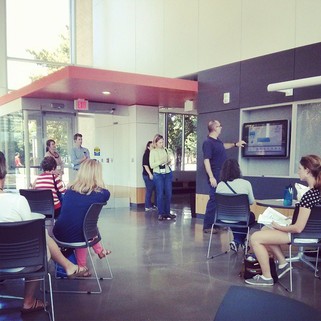 Tour stop at UNC's Asheville Campus to learn about sustainable buildings. Tour stop at UNC's Asheville Campus to learn about sustainable buildings. In September, I attended the Water Education Summit in Asheville, NC. The Summit is a gathering of water resources professionals from across the southeastern USA. This was my second year attending and I grow to love this conference more every time I do! The Summit is held in a different southeastern state every year and this year was in Asheville, North Carolina; last year, 2013, was in Chattanooga, Tennessee. Chattanooga and Asheville have something in common besides complex water resource issues though; a passion for local food and sustainable growth management. I really loved Asheville; I'm surprised I've never visited before! The summit featured a wonderful poster session and some truly inspiring speakers but my favorite part was the abstract sessions. Abstract sessions, in case you don't know what I'm talking about, are sort of like speed dating for ideas and programming. You shuffle between topic-focused rooms to catch 10-15 minutes presentations which summarize an event, program, or idea from another organization or educator. The Water Education Summit featured several interesting topics but my favorite presentation came out of North Carolina Cooperative Extension and featured, "Innovative Stormwater Floating Islands as Wetland Plant Nurseries." The basic idea being that we can create small floating gardens for wetland species and get the benefit of new plants and nutrient reduction. These plants, at the end of the season, can be given away to residents who are interested in re-vegetating their lakefront or wetland area. 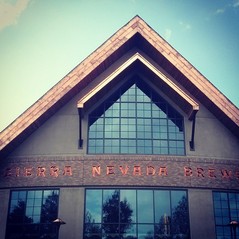 A brewery trimmed in copper. A brewery trimmed in copper. The crown jewel of the field day (day 2) was a tour of the new Sierra Nevada Brewery complex just outside of the Asheville Regional airport. The brewery really was impressive and smelled amazing due to the brewing process. In addition to being sustainable brewers, Sierra Nevada captures all the rainfall that lands on the Asheville structure and stores it underground in a massive cistern for use in the complex's toilets. There aren't many employees to use all that water but soon they are opening a brewery restaurant and a gift shop for the public. At which point, I imagine the rainfall collection will go a long way to reducing their use of potable water and thereby, reducing their impact on the water resources around them.  Roast duck breast with truffled foie gras risotto, at Isla's Bistro. Roast duck breast with truffled foie gras risotto, at Isla's Bistro. One of my favorite parts of the Water Education Summit is that evenings are to yourself; giving you at least two evenings to explore the city in which the Summit is hosted. Both Chattanooga and Asheville are fantastic cities with loads of personality and flare. In Asheville, I was astounded at the number of small craft breweries found in downtown and overwhelmed by the number of highly rated restaurants within walking distance. As an occasional home-brewer, it was incredibly interesting to see the culture of micro-breweries sprinkled all over town. Some are open only two nights a week and feature a handful of micro-batches while others are open 7 days a week and have full dinner service.
|
The
|
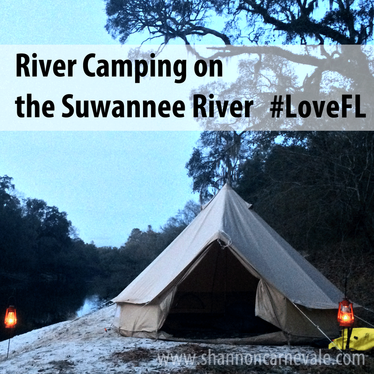
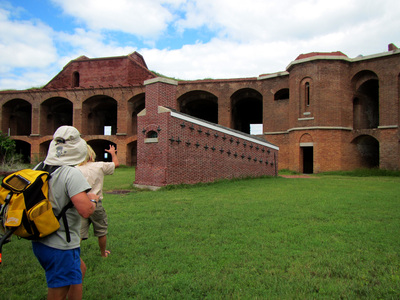
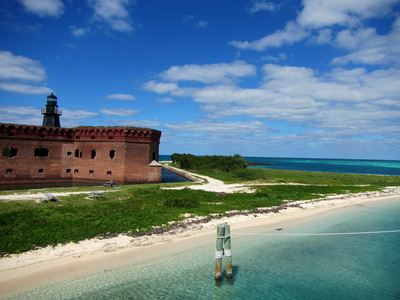
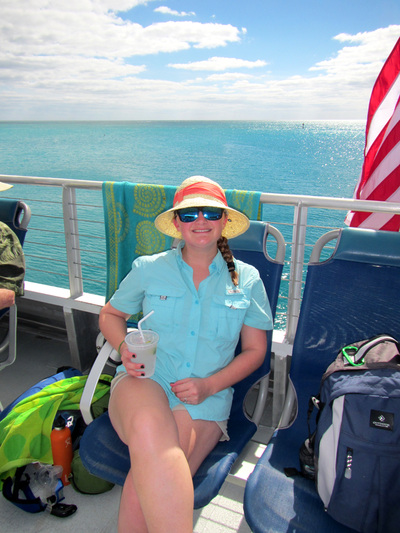
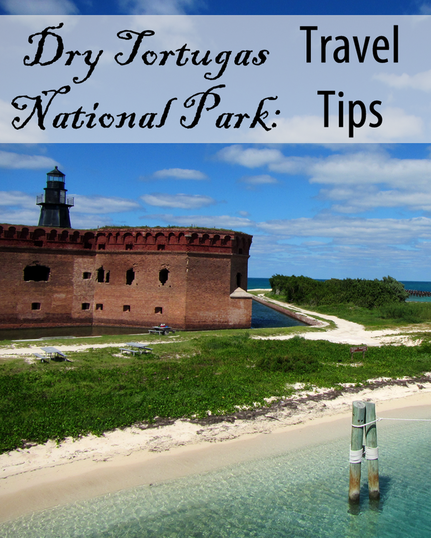



 RSS Feed
RSS Feed
